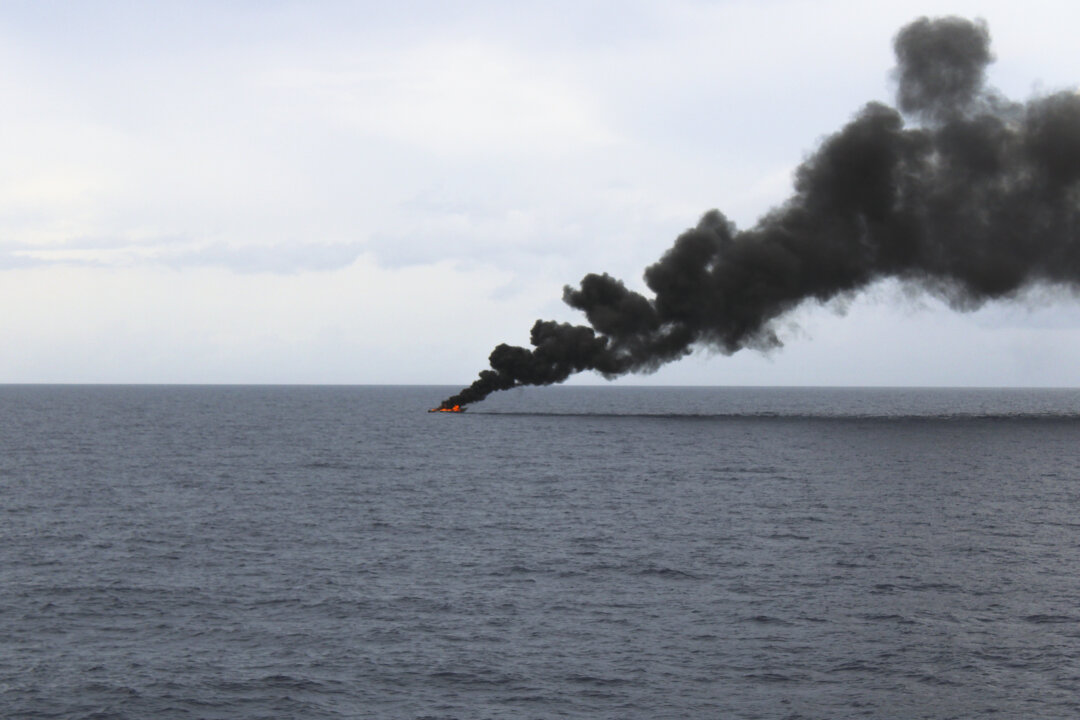
Blog
October 27, 2025 | Source: Mongabay | by Sue Branford
“My children died. My mother died. My husband died. My brothers, my sisters, my aunts and uncles. I saw the bones sticking out of their rotting corpses inside the longhouse. We were too weak to bury them. I was left alone with my two baby brothers. All my family died, and all we got in return were a few machetes.”
This story comes from a Matis Indigenous woman living in Brazil and speaking to an anthropologist in the 1990s. Her people were almost wiped out in the years after they were initially contacted by outsiders in the 1970s. Loggers and wildcat miners brought in diseases, mainly influenza, against which the Matis had little resistance.
Testimonies like this one from the Matis Indigenous woman convinced Survival International of the urgent need to campaign to safeguard the collective rights of the Indigenous, tribal and uncontacted peoples of the world, whom the human rights organization says must be left alone and fully protected.
On Oct. 27, the NGO published a 300-page report, Uncontacted Indigenous Peoples: at the Edge of Survival, documenting the past and looming threats posed by contact and offering up the experiences of numerous Indigenous peoples whose lives have been uprooted, disrupted and forever changed by contact. It states: “In particular, the rush by extractive industries and agribusiness to seize the resources of uncontacted peoples risks their total annihilation.”
The post Report Urges Full Protection of World’s 196 Uncontacted Indigenous Peoples appeared first on Organic Consumers.
.png)











 English (US)
English (US)